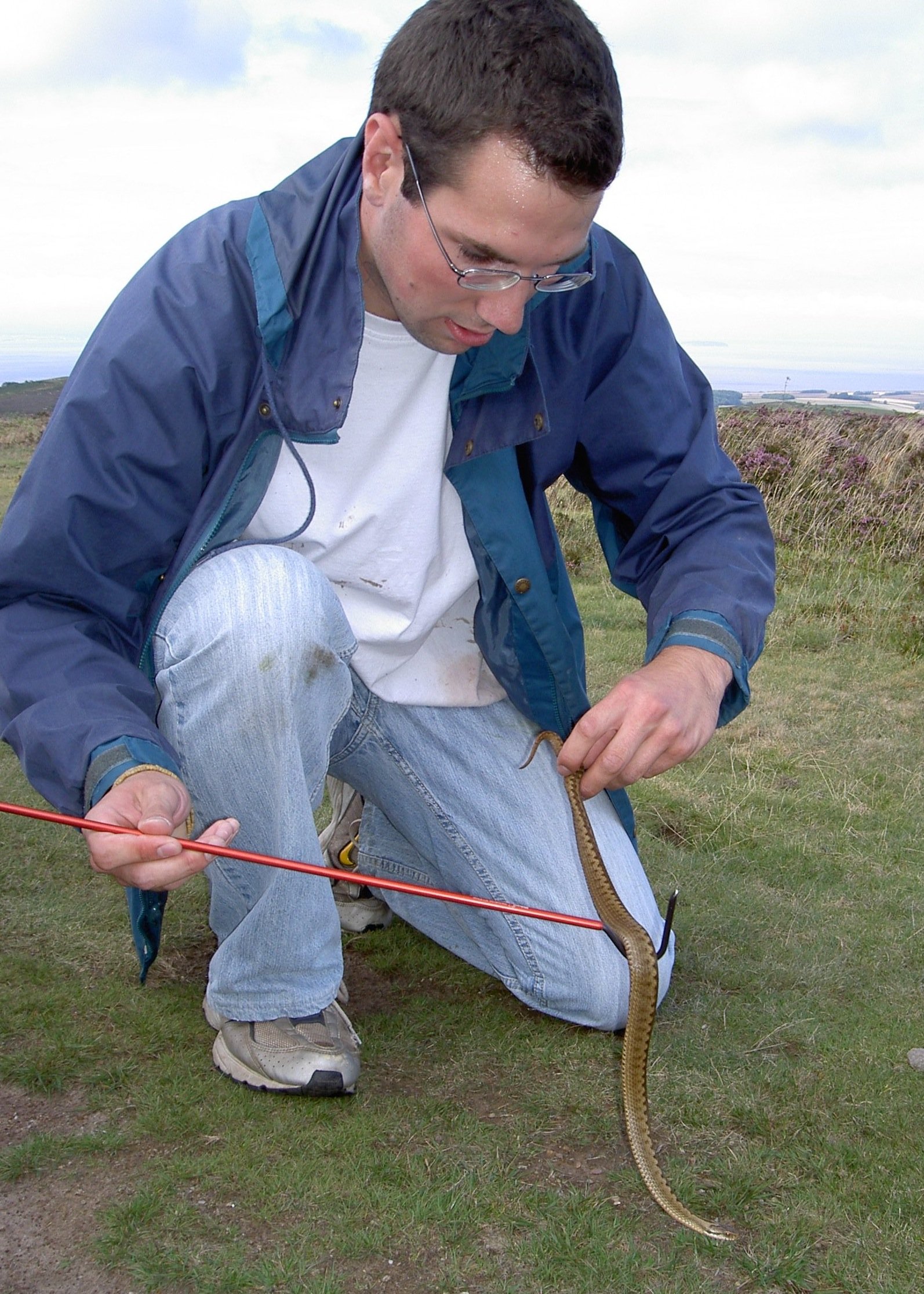Are Adders Disappearing from the UK Countryside? West Country Hills Could Be Their Last Stronghold
Warm Weather Awakens the UK’s Only Venomous Snake
As spring sunshine begins to warm the West Country, adders—the UK’s only native venomous snake—are stirring from their winter slumber. Sightings have already been reported across local hills and heathlands. But despite these appearances, experts are concerned about the species’ long-term future.
A few years ago I wrote the following two articles all about adders in the English hills.
Adder Decline: A Growing National Concern
Conservationists are warning that adder populations are declining across the UK. The primary causes are habitat loss, fragmentation, and the general deterioration of natural spaces. This decline, while potentially reassuring for nervous walkers and pet owners, represents a deeper issue: the vanishing of vital ecosystems.
Efforts are now underway to track these elusive reptiles, with adder surveys being conducted nationwide in hopes of better understanding and protecting the species.
Cornwall: A Possible Adder Haven
While much of the UK sees shrinking populations, Cornwall appears to buck the trend. Experts say this coastal county may be one of the few places where adders are holding their ground.
Darker adder near the West Country coast
Adders are commonly found in dry heathlands and coastal scrub across Cornwall, meaning that wherever you are in the county, you're likely never far from one. While formal data is still limited, anecdotal evidence suggests local populations remain stable.
When Are Adders Most Active—And Most Dangerous?
With the arrival of warmer, longer days, the risk of snake bites is generally very low. However, dog walkers and hikers should still remain cautious—especially during the early mornings in spring.
Adder behaviour is closely tied to body temperature. In cooler conditions, snakes tend to stay underground. In hot weather, they are fast and alert, often avoiding human contact altogether. But during that in-between period—when temperatures are just beginning to rise—adders may be sluggish and sunbathing in the open. This is when encounters (and potentially bites) are most likely to happen.
So, if you're walking in known adder habitats, especially in early spring mornings, it's wise to stay on marked paths and keep dogs on leads.
How to Help Monitor Adder Populations in Cornwall
There is an ongoing national scheme to monitor adder numbers, and Cornwall plays an active role in this effort. Locals and visitors are encouraged to report adder sightings via the Online Recording Kernow and Scilly (ORKS) website: www.ORKS.org.uk
This data contributes to a broader understanding of wildlife patterns across the region and supports conservation initiatives led by professional ecologists.
Learn More About Cornwall’s Wildlife
For those interested in learning more about Cornwall’s reptile populations—or any other aspect of the region’s diverse wildlife—there are excellent resources available. The Environmental Records Centre for Cornwall and the Isles of Scilly offers expert support and a wealth of ecological data for anyone passionate about local nature.
Searching for Adders in the Somerset Hills
There’s a solitary man walking slowly across the great heaths of the Quantock Hills with his head well and truly down. He has every reason to be studying the ground carefully—and if he also looks downcast, it’s because it’s hot and there’s not a cloud in the sky.
Kevin Palmer looking for Quantock adders in 2011
This is no ordinary countryside stroll—Kevin Palmer is conducting an adder survey in Somerset, carefully scanning the undergrowth for signs of movement.
Why Hot Weather Isn’t Ideal for Snake Spotting
The hot weather, surprisingly, isn't good for spotting snakes in the Quantocks. Once adders warm up, they quickly retreat into the thick vegetation, making them harder to detect.
“They don’t have to bask for very long to warm up—and once they’re hot enough they go back into the deep undergrowth where you haven’t got a chance of seeing them,” he explains.
Expanding the Adder Survey in Somerset
This adder survey, which began with historical data and sightings, has recently expanded. A team of volunteers from a local reptile and amphibian group in Somerset have joined the effort, helping to cover more ground across the Quantock Hills.
“Originally we relied on sightings and historical data to pinpoint the approximate areas—and that allowed us to get surveying underway,” he says. “Now we have a volunteer scheme where people come and survey areas where there are unknown densities of adders—they’re looking for either the presence or absence of snakes.”
Safe Snake-Handling: Equipment and Expertise
Participants are trained in visual identification only—no one is allowed to touch or handle the snakes without proper qualifications and equipment. For those trained in safe adder handling, the tools include a long metal hook and a clear plastic restraining tube.
“This is a very good way of restraining the snake without doing it any damage—it also ensures there is minimal hands-on for the person doing it,” he explains, demonstrating the method on a young female adder near Wilmott’s Pond.
The snake is briefly captured, weighed, and then released—stress-free and unharmed.
Why Protecting Adders Matters
But why go to all this trouble for a creature so often misunderstood or feared?
“The whole reason for doing the survey is to inform the local species action plan. It's acknowledged that the adder is a declining species in the UK and deserves protection—our data contributes toward informing those policies.”
Better land management practices are being introduced as a result. Instead of large-scale burning (known as swayling), habitat managers now create mosaic habitats—patchy landscapes that provide refuge and movement corridors for reptiles like adders.
“If you burn a large area, the adders get exposed to predators—it’s a real problem because they tend to be quite faithful to a particular site. They’ll stick to it rather than colonise other areas.”
The Problem of Habitat Fragmentation
A nationwide study is also underway to examine how isolated adder populations are struggling. Fragmentation limits dispersal and can lead to inbreeding.
“There tend to be isolated fragmented patches where adders live—and if there are no dispersal opportunities, you do get inbreeding,” he says. “Once we know an area contains adders, we can administer appropriate techniques.”
So far, the survey has identified four separate adder colonies in the central Quantocks, with an estimated 40 to 50 snakes.
Do Adders Bite? Snake Safety in the UK
You can’t talk to a snake expert without asking the obvious: has he ever been bitten?
“No, I’ve not been bitten yet—I am waiting for it,” he says with a sigh. “But the whole bite thing does tend to mesmerise the public. Adders won’t bite by choice—they will generally move out of the way. Unless you mess around with them, there shouldn't be much risk.”
Still, when working in adder country, it pays to keep your eyes firmly on the ground.








